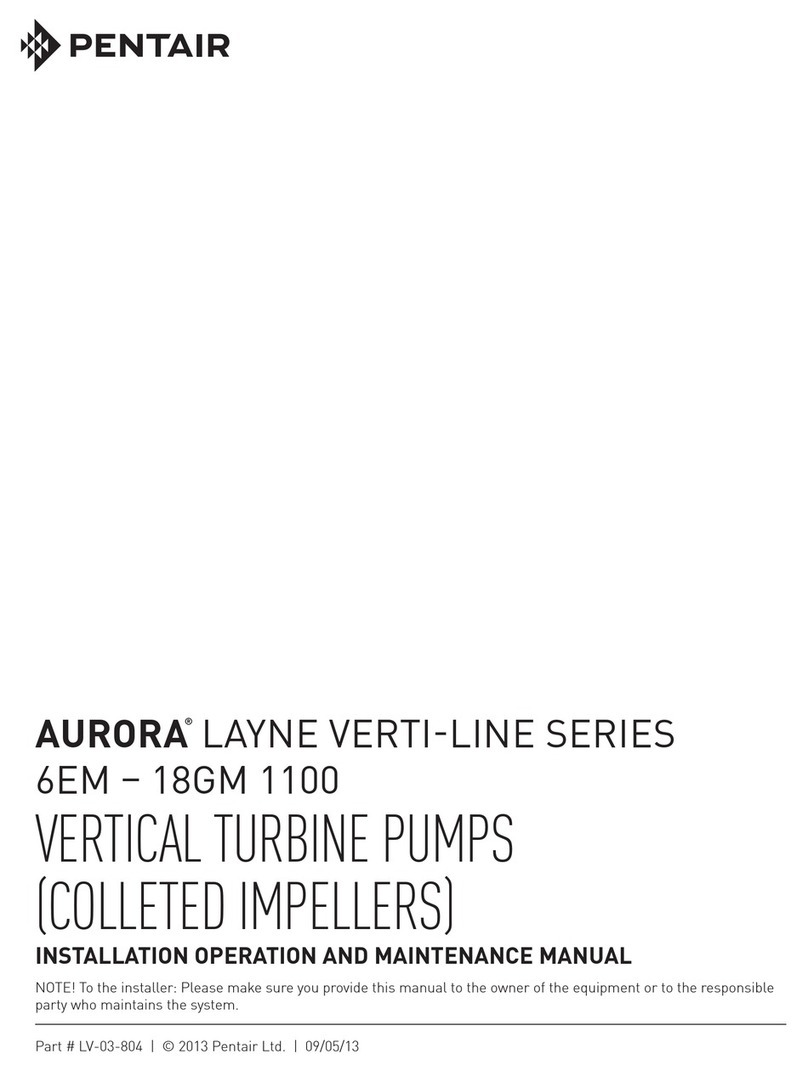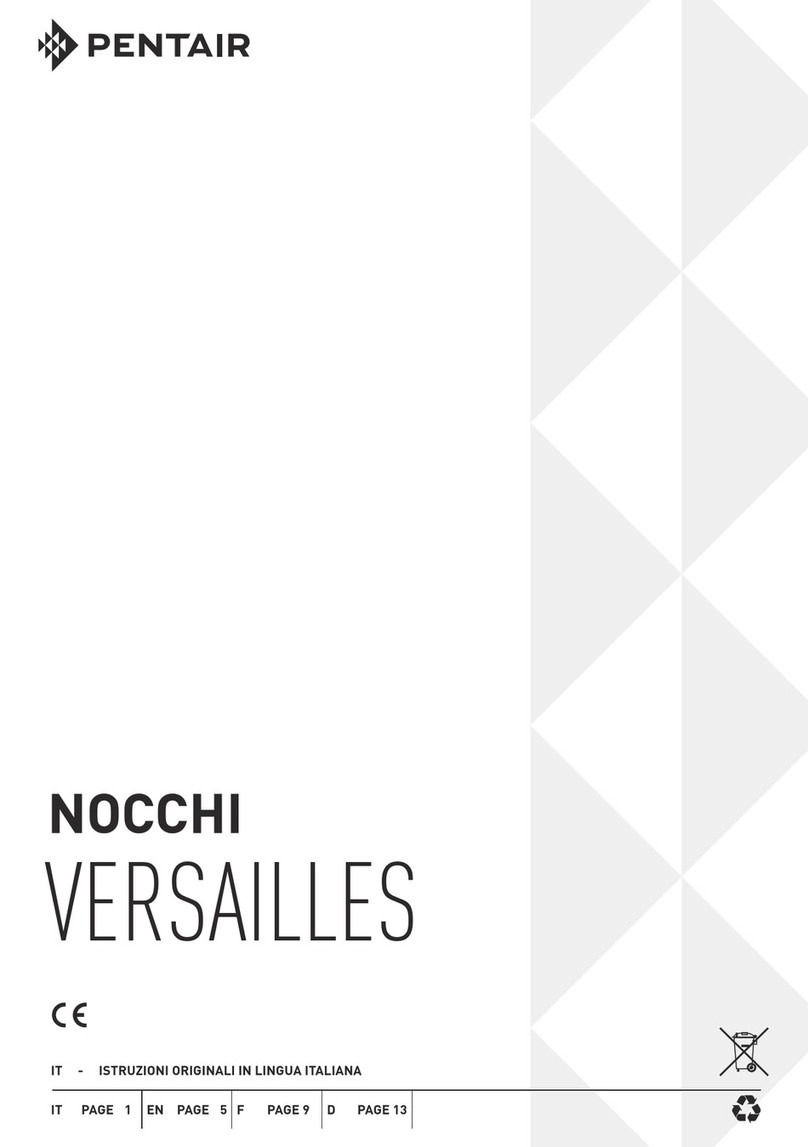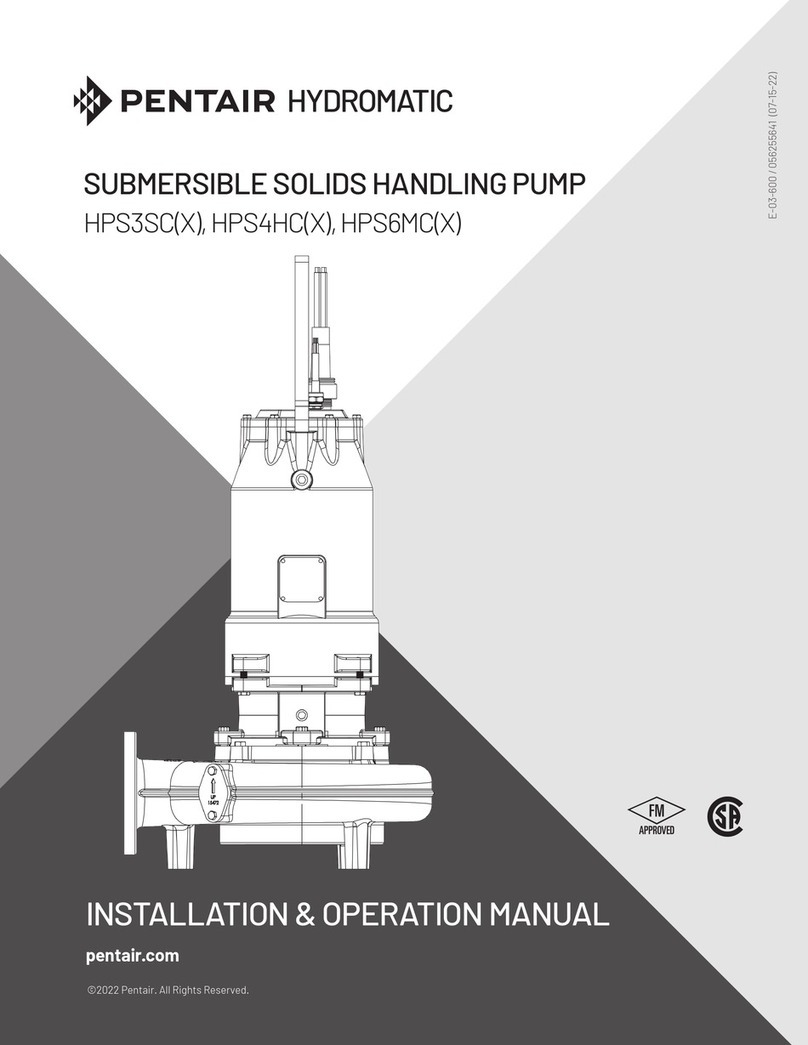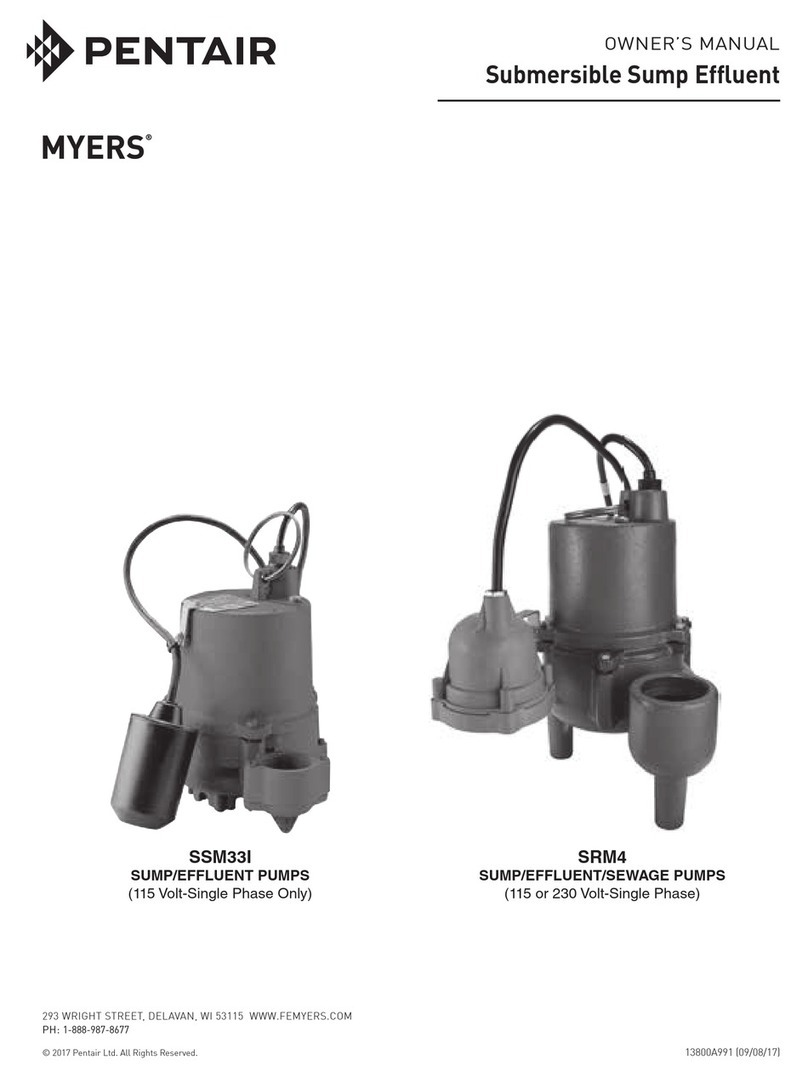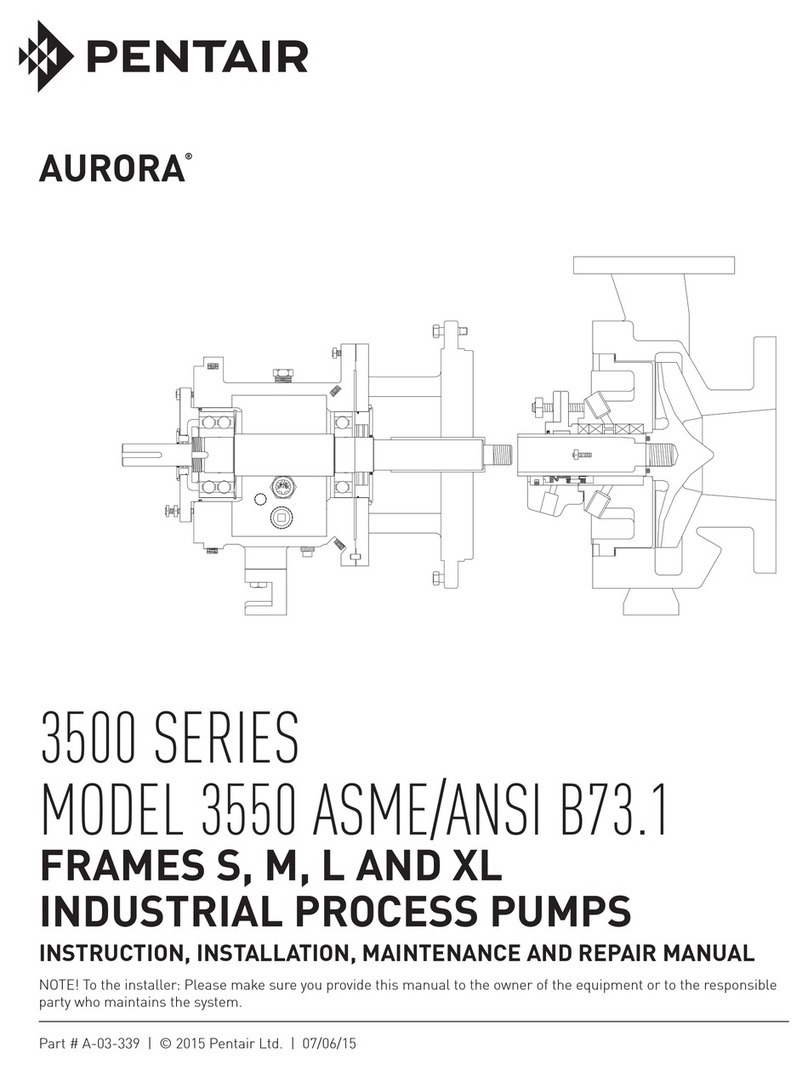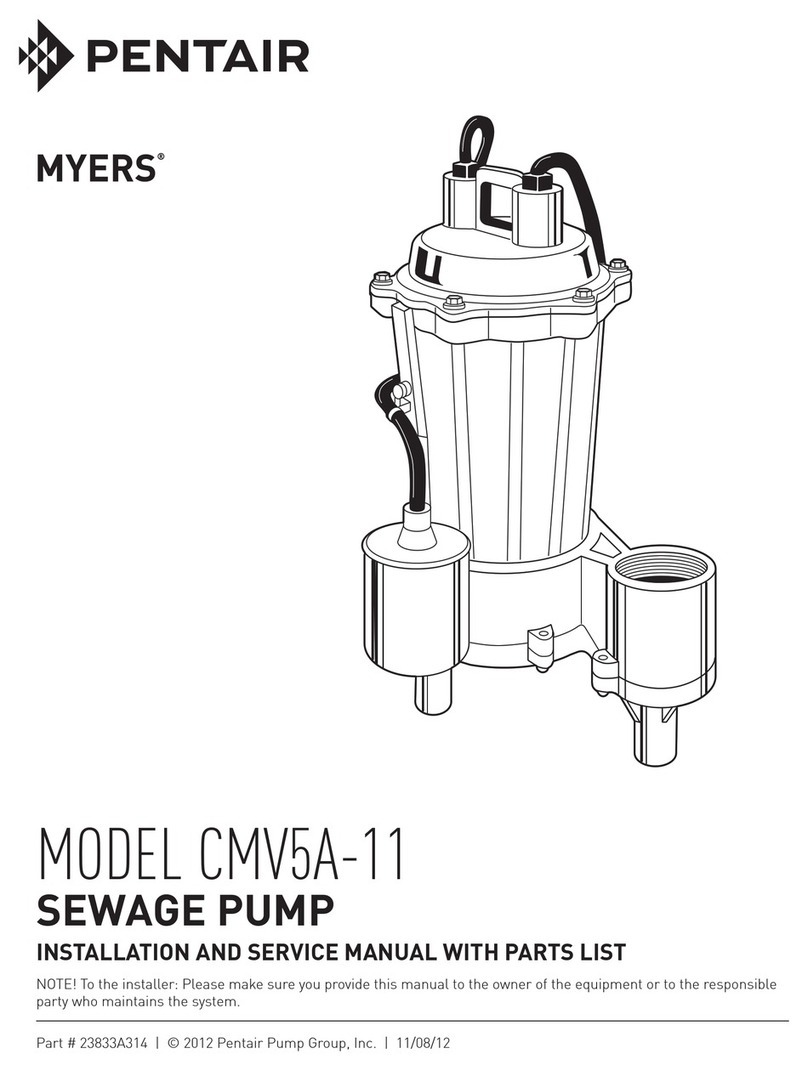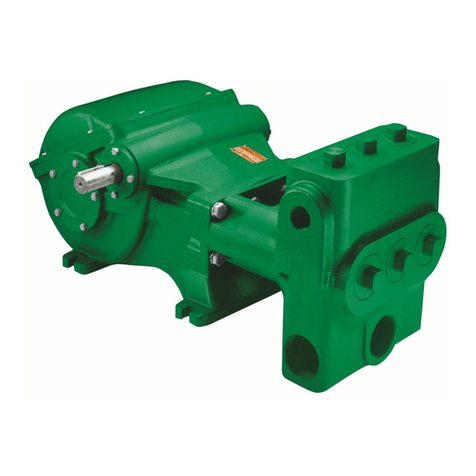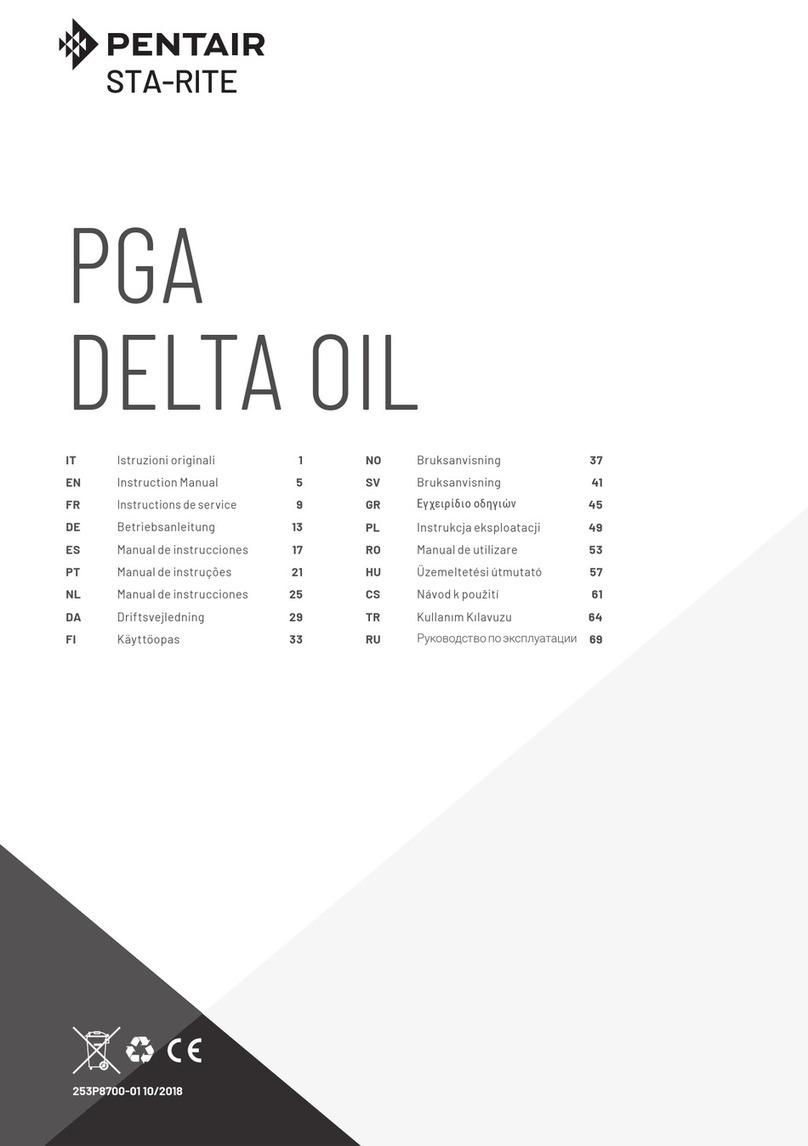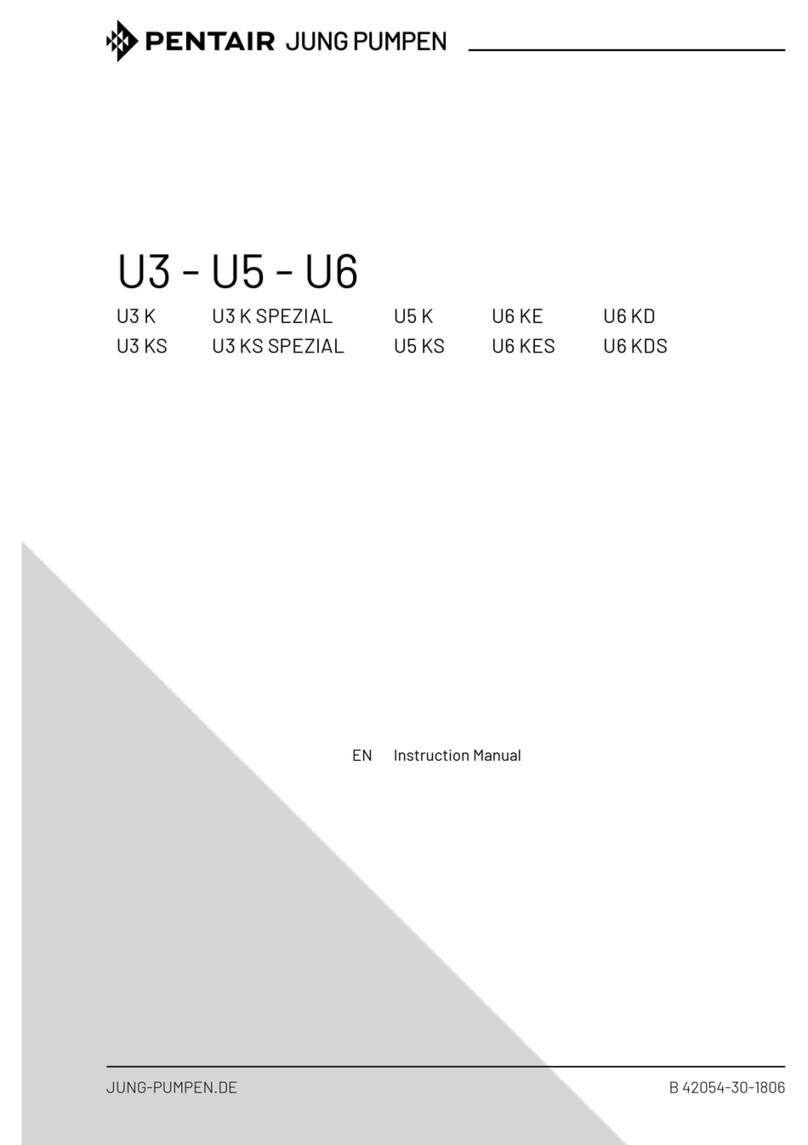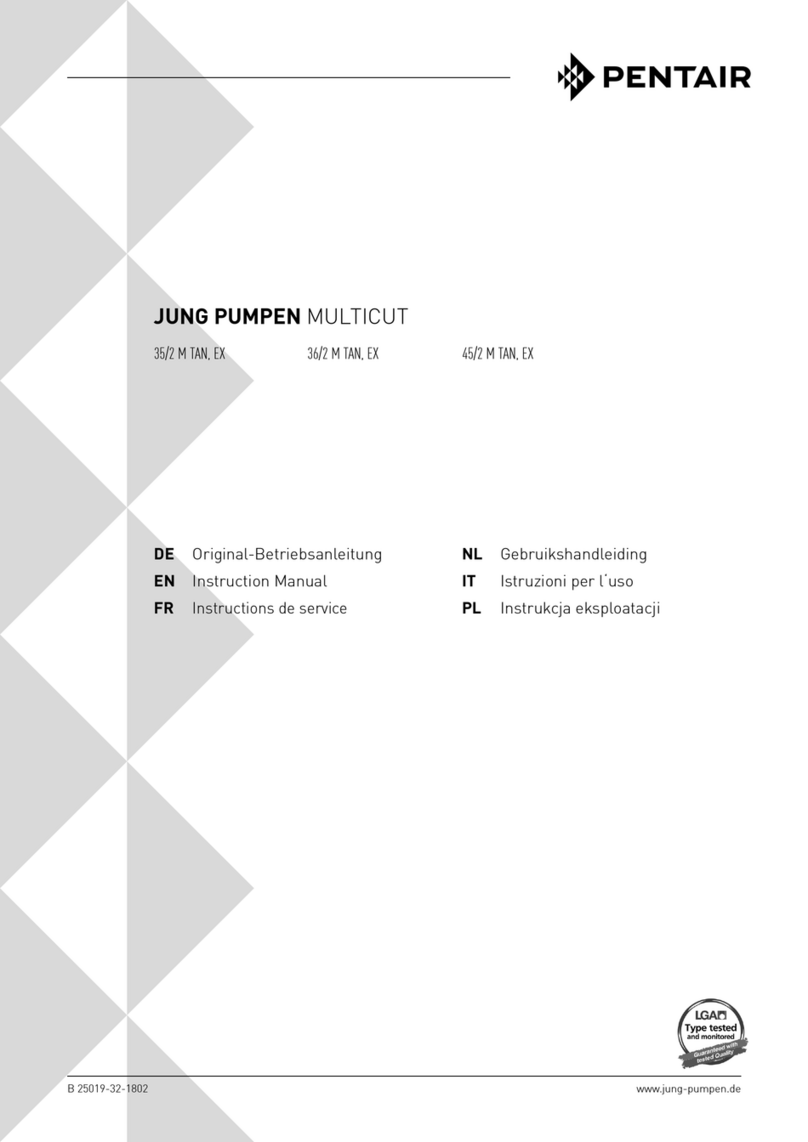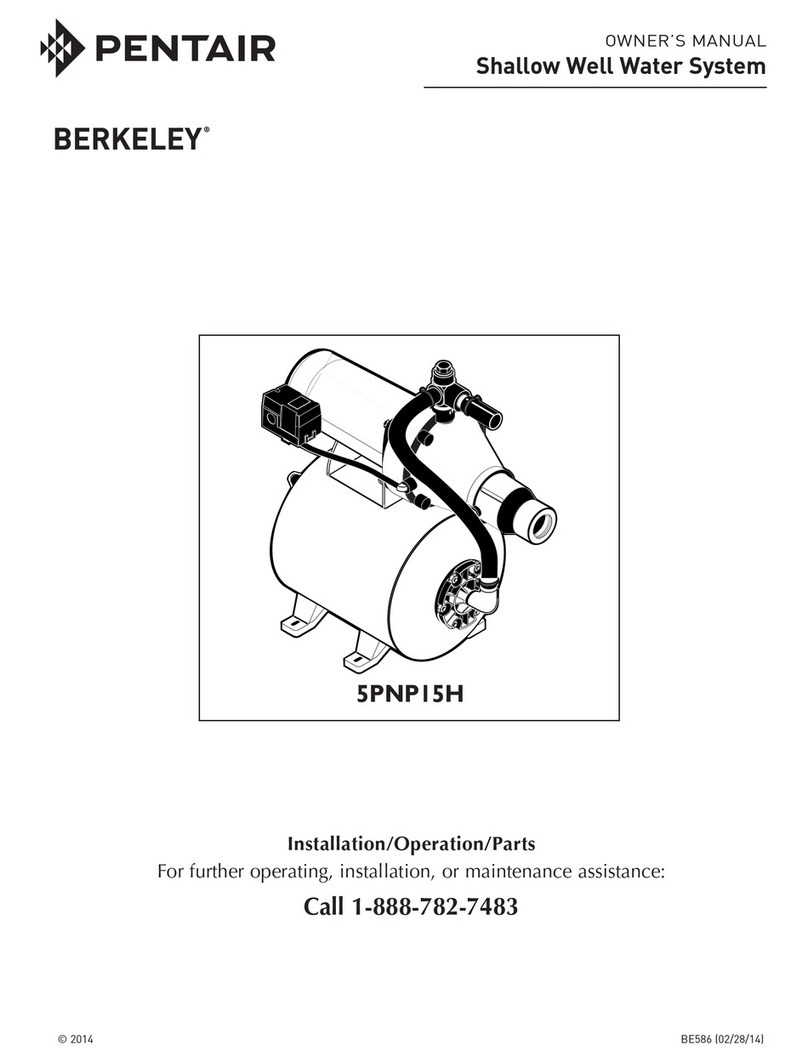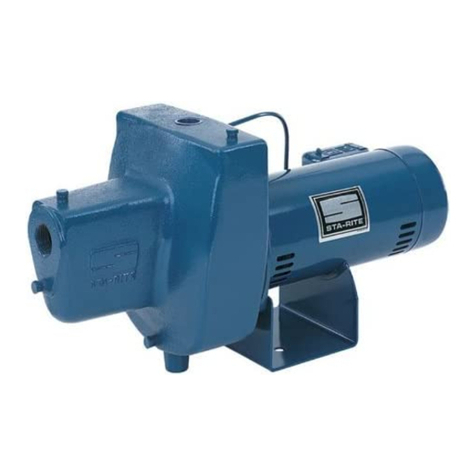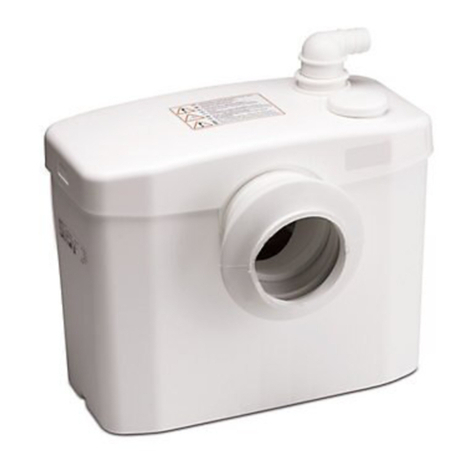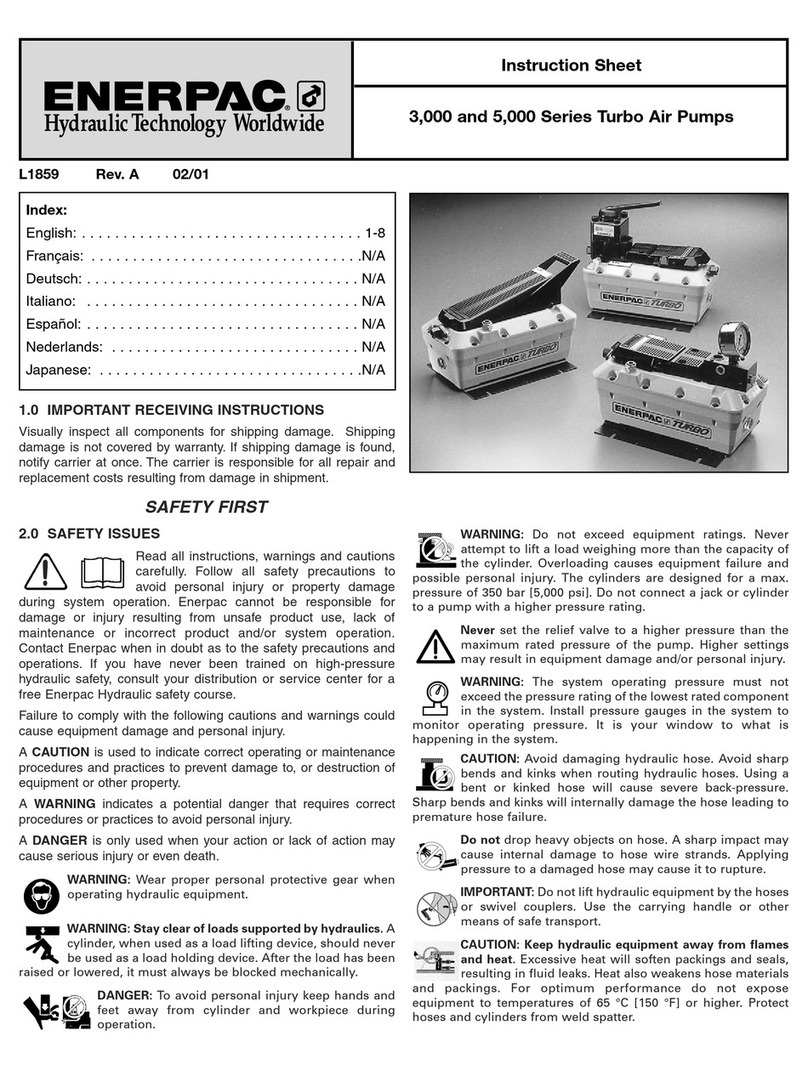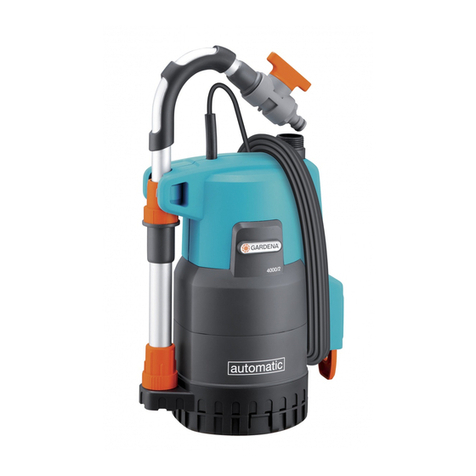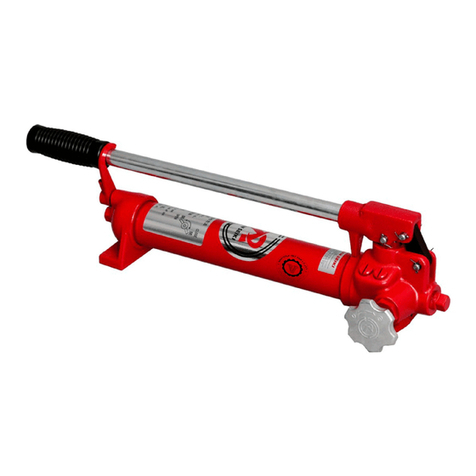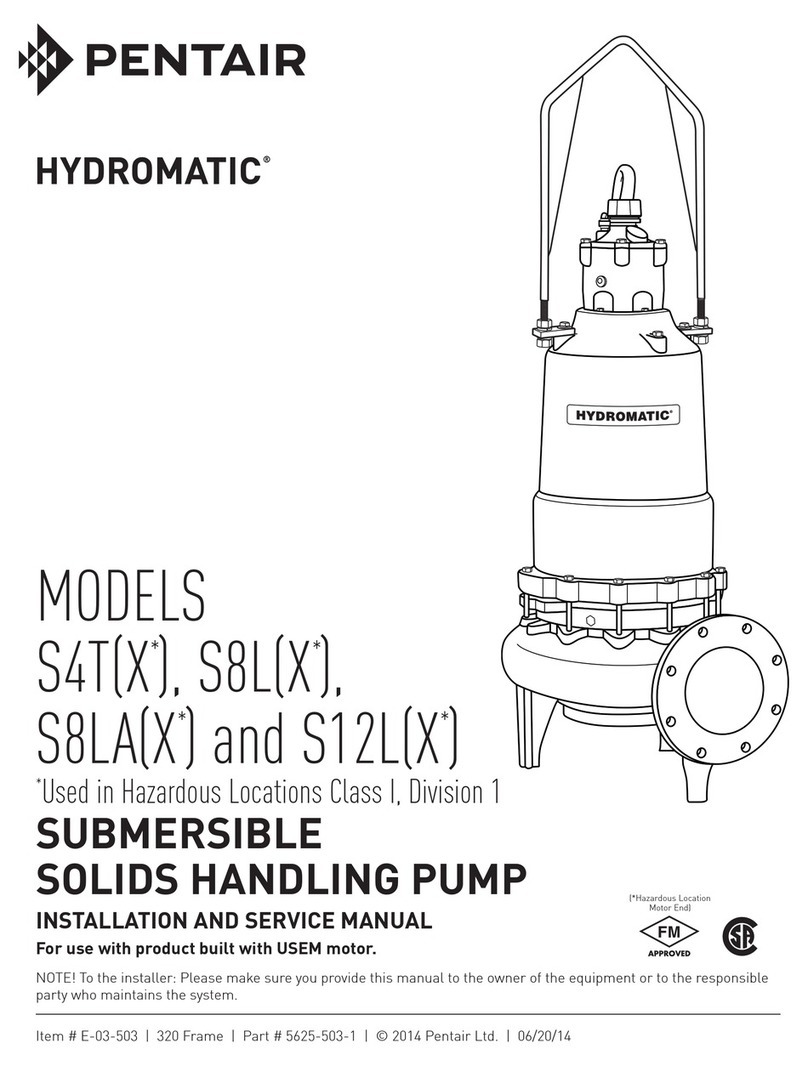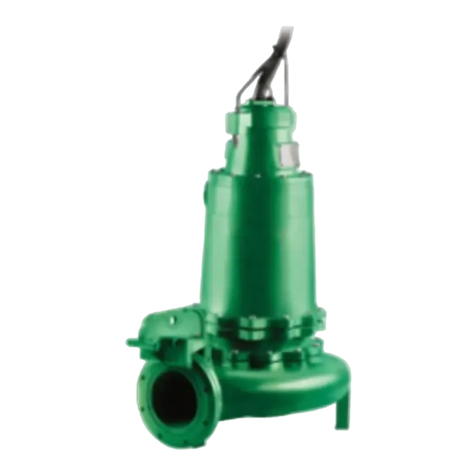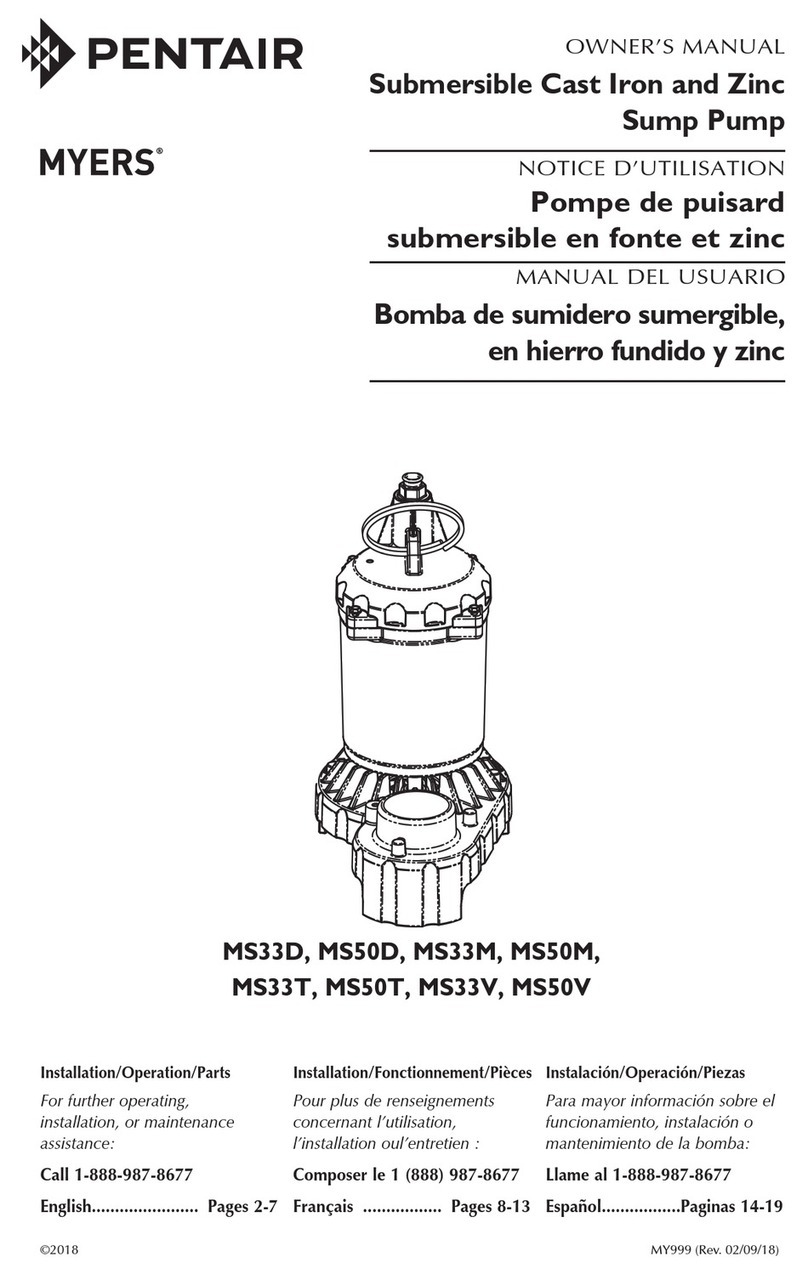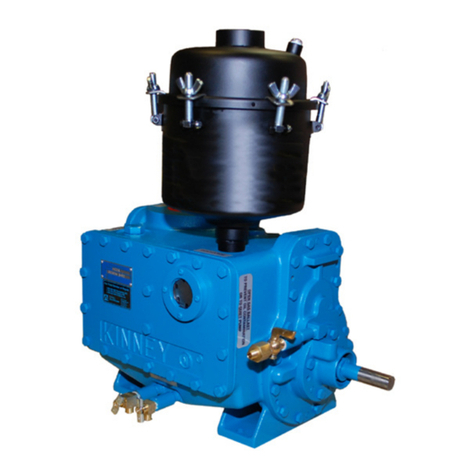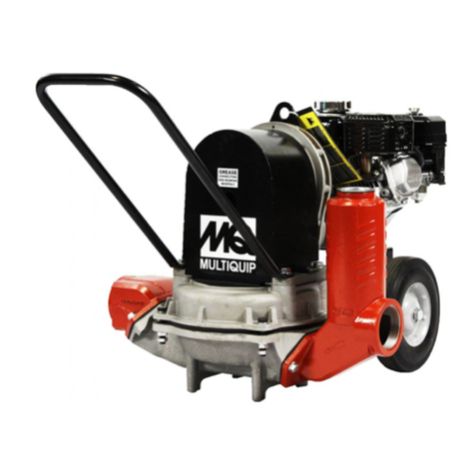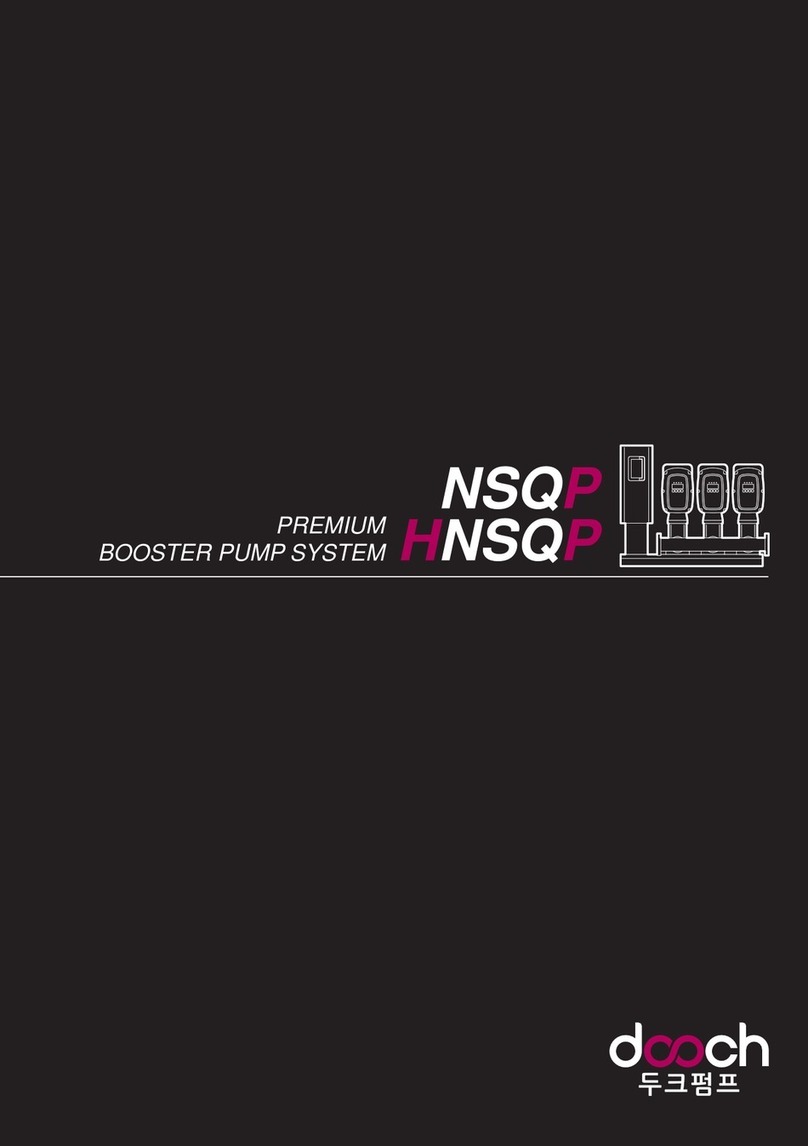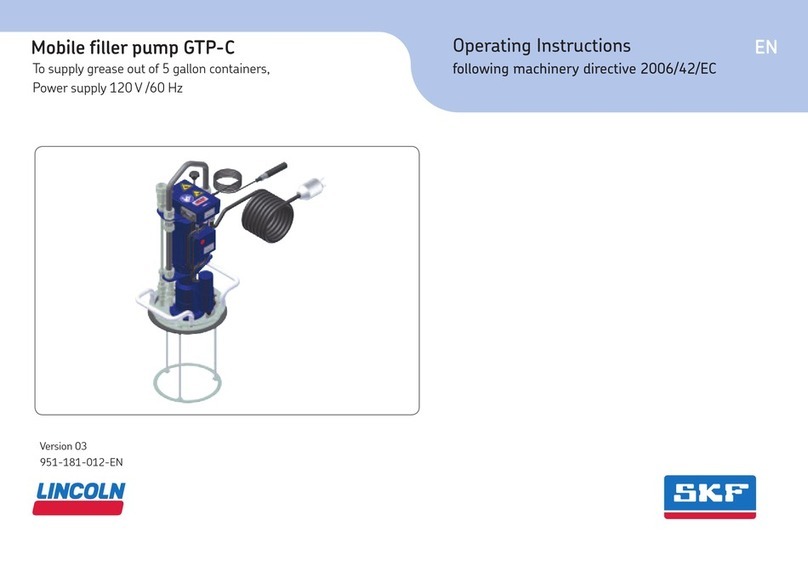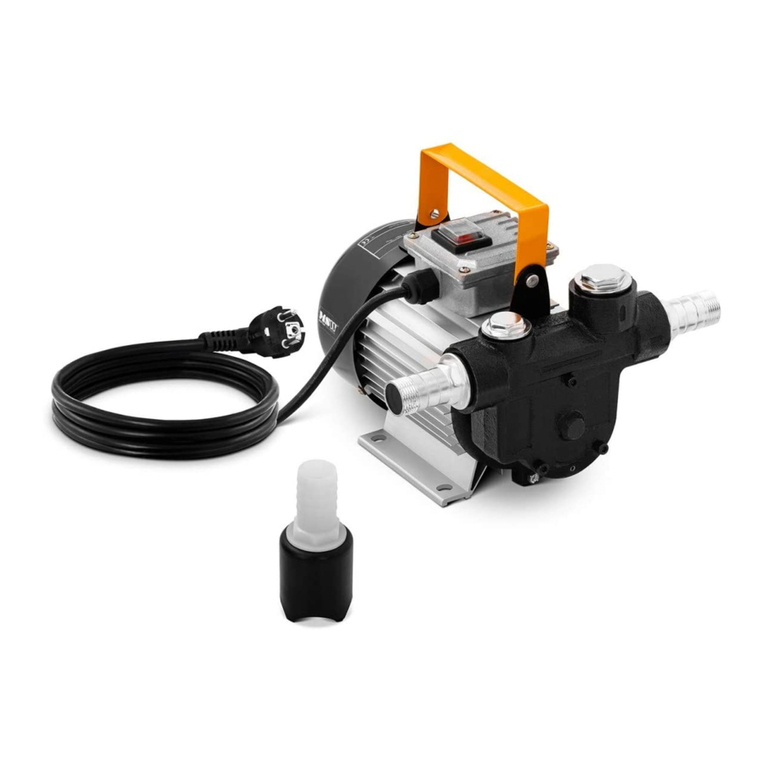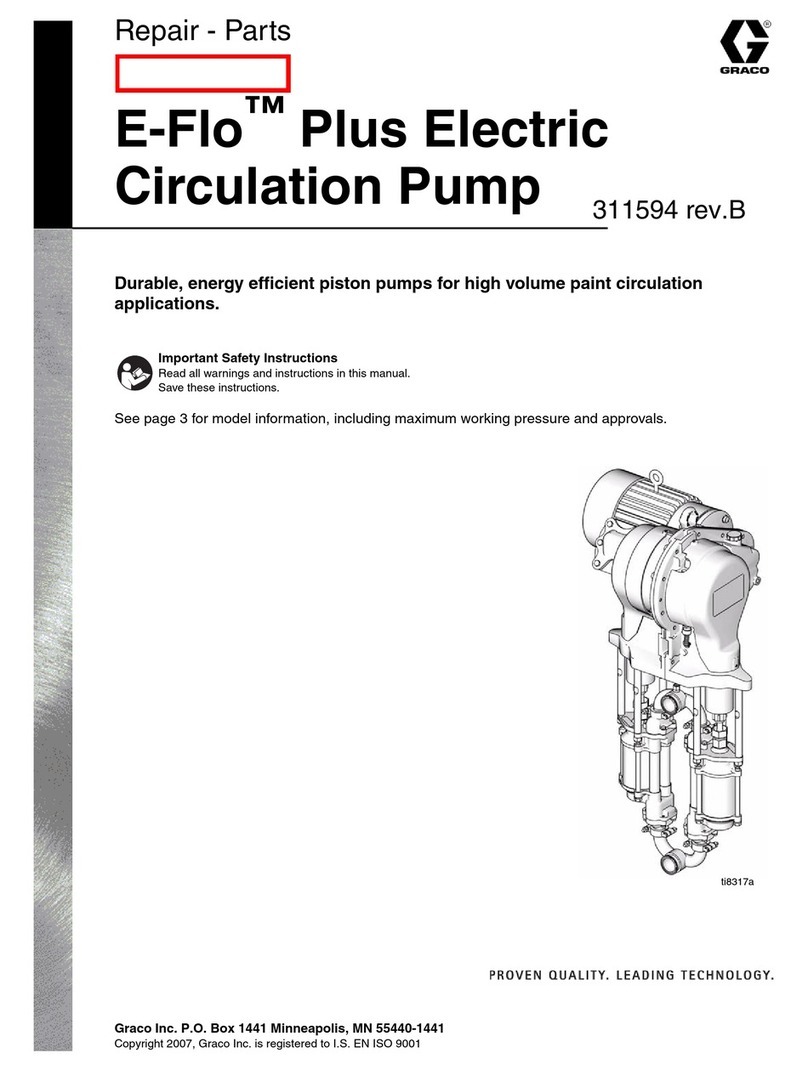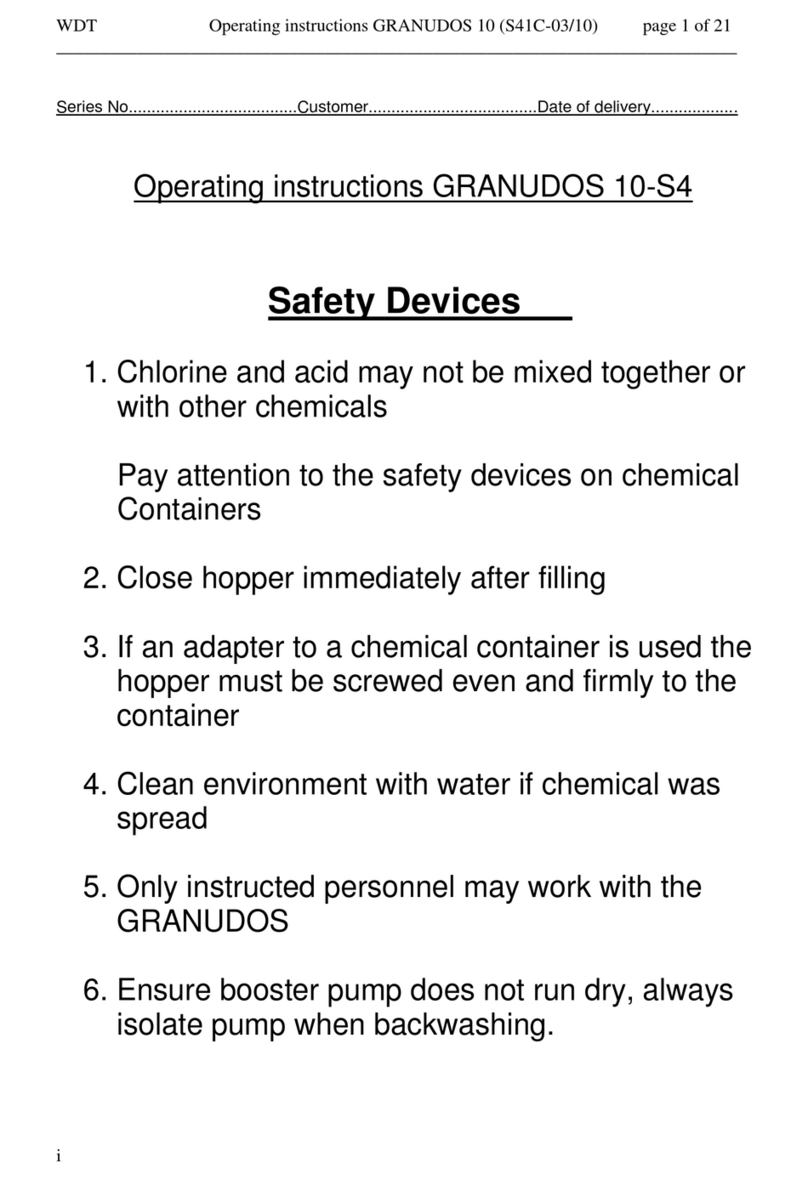
23833A463 11/08/12
3
NOTE: The stripped white wires extending from the side
of the top housing are NOT powered.
These are used in Step 2.
1. Main Power: Unit is provided with a 6 foot long power
cord. Connect this cord to a constant line voltage source,
not a fan or other device that may run intermittently.
2. Safety Switch: The
overflow safety switch may
be wired in series with the
appliance’s thermostat to
shut off the unit in the event
that the pump fails. In
the case where heating or
cooling requirements are
a necessity, the overflow
safety switch may be wired
into an alarm circuit. Note:
In most cases, use the normally closed (NC) contacts when
used with a furnace or air conditioner and use the normally
open (NO) contacts when used to trigger an alarm.
TEST PROCEDURES
1. With the unit plugged in and the discharge line in place,
pour water into the pump reservoir until the unit activates to
verify the unit works.
2. To test the overflow safety circuit
a. Energize the appliance so it runs.
b. Kink the tube coming from the pump discharge, or
unplug the power cord, so it cannot pump out.
c. Pour water into the pump reservoir, filling it completely.
d. As the water level nears the top of the unit the overflow
safety switch should activate, breaking the thermostat
circuit to the appliance (or triggering an alarm circuit,
if used).
e. Unkink the tube, or plug the cord back in, and allow
the pump to empty the tank. As the water level goes
down the overflow safety switch will deactivate and the
appliance will energize again (or the alarm will reset).
MAINTENANCE
WARNING! Before attempting any maintenance on the unit,
disconnect the power cord from the power supply to reduce
the risk of electric shock. Also, take whatever precautions
are necessary if the safety overflow switch is wired to a
thermostat or alarm circuit.
Servicing a double-insulated product should be done only by
qualified service personnel.
If the unit does not perform as stated in the above tests,
remove the two screws holding the cover from the deck and
remove the cover. Verify that the float mechanism moves up
and down freely. If the float binds, it may be dirty or damaged.
Since the motor is totally enclosed, no maintenance is required
on the motor. However, the tank and float may need to be
cleaned periodically. Simply remove the four screws at the
corners of the pump deck and lower the tank. The tank can
now be cleaned with a mild detergent. Use a damp cloth to
wipe off the float if necessary. The impeller may need to be
cleaned as well.
OVERFLOW SAFE-
TY SWITCH
TYPICAL
THERMOSTAT
THERMOSTAT
TERMINAL
CONNECTIONS
IN FURNACE
TROUBLESHOOTING
If the unit does not function properly, refer to the following:
Unit does not run.
Pump makes loud noises
when running.
Unit runs but does not pump
liquid out.
Liquid drains back into pump from
discharge line.
Liquid leaks from around the
check valve.
a. Check the power supply.
b. Check the appliance to see if condensation is actually being generated.
c. Check to make sure the pump float mechanism moves freely and clicks the
activation switch when moved up and down.
d. The motor is protected by a thermal overload device, which may have tripped.
This may be verified by measuring the resistance through the motor coil. An
open circuit reading indicates that the motor has overloaded, and the unit must
be replaced.
e. Check the drain line(s) into the pump for obstructions. Note: If these lines are
clogged and remain clogged, the appliance may eventually be damaged.
a. Check the tank for debris and clean if necessary. The impeller may also
be cleaned.
a. Check the activation float to be sure it is not stuck in the up position.
b. Check the height of the discharge tubing to be sure it does not exceed 20
vertical feet.
c. Check the discharge tube for obstructions and clear if needed.
d. Check the check valve for obstructions.
a. Check valve may have debris in it.
b. If the discharge line is plumbed so the highest point is less than 5 feet above the
pump, the check valve may allow liquid to drain out of the line. This is normal
and will not damage the pump.
a. If the check valve is too tight or too loose it may leak around the O-ring.
Check that the valve is hand tight, then tighten an additional 1/2 turn with
9/16" wrench.
b. If the O-ring under the check valve is damaged, replace with a 1/2" I.D. x 11/16"
O.D. x 3/32" width O-ring, or purchase a replacement check valve, which
includes an O-ring.




